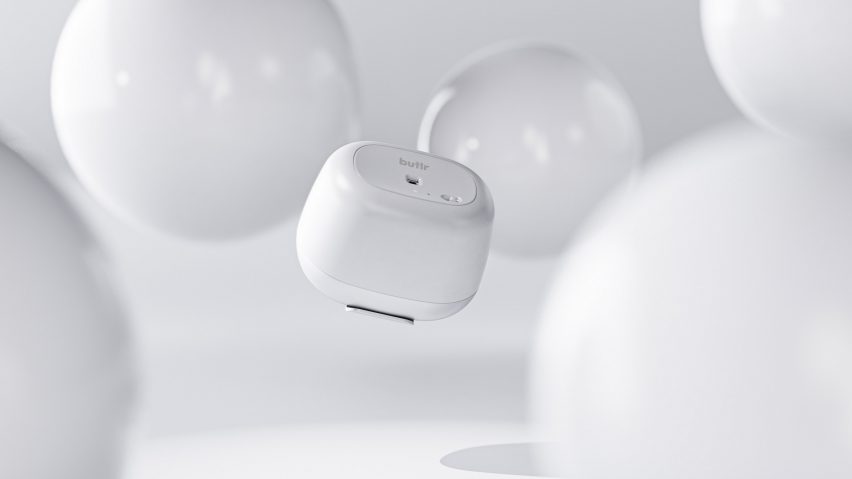Promotion: the founders of Butlr, an occupancy-sensing platform that captures in real-time the presence and movement of people within a space, said that the data the platform harvests can be used to revolutionise the workplace.
Named as one of the 100 most promising Technology Pioneers of 2022 by the World Economic Forum, Butlr uses thermal sensors and machine learning technology to build insights on space occupancy, utilisation and activity while being physically incapable of collecting any personal information.
It is currently used across 300 different locations around the globe, including offices and coworking spaces as well as universities and senior living homes in the US, Europe and Asia.
"Our credibility comes from architecture, sensing and technology, but it's not technology for its own sake," said Butlr CEO, Honghao Deng. "It's about building intelligence."
The company is an MIT Media Lab spinout that was founded in 2019 by Forbes 30 Under 30 entrepreneurs and designers Jiani Zeng and Honghao Deng.
As graduates of science and design technology from MIT and Harvard, the duo wanted to create a platform that could understand and visualise how people are actually using their spaces without invading their privacy.
"You would never launch a website without ensuring that you can read and access information about its traffic, its entrance points, the time spent lingering at specific areas and the actions taken within this digital space," said Zeng and Deng."Butlr does exactly this, but for the built environment."
Lightweight and powered with advanced AI algorithmic technology, the Heatic Sensor understands human presence through its thermal trace. It is the first wireless and 100 per cent anonymous sensor of its kind.
The sensor is inherently identity-agnostic and can be installed away from the traffic level in under one minute, making it completely non-intrusive, passive and discrete.
Data captured by the Heatic Sensor is then visualised in real-time by the software, Butlr Studio, and fed into historical graphs and reports of traffic trends on the dashboard.
With these two applications, users can design their own network on their floor plans. The data quality can be enhanced by adding context elements like furniture and zones, and anonymous traffic can be viewed in an intuitive 3D environment in real-time.
The spatial insights, occupancy and activity analytics derived from Butlr's platform can be used to make data-driven real estate and design decisions, to improve the occupant experience, cut down operational costs and run buildings more efficiently.
Butlr's vision is to advance the workplace of tomorrow in a scalable, cost-effective and private manner. As brands are designing plans that cater to a hybrid workforce, Butlr believes that the data of how people are using space and the changes to "in-person work trends" can help with building a "future robust business strategy and agile working models".
By working with a wider network of innovative partners like GP PRO, Relogix, Infogrid and Anders + Kern, Butlr enables its users to also optimise the operation and cleaning schedules of their space, and provide safer environments for tenants around the globe.
"Historically, the architectural concept ended with the construction completion," said head of spatial research and design Ioanna Sotiriou. "Tomorrow's architects need to start designing for what's beyond that."
To view more about Butlr, visit the brand's website.
Partnership content
This article was written by Dezeen for Butlr as part of a partnership. Find out more about Dezeen partnership content here.

